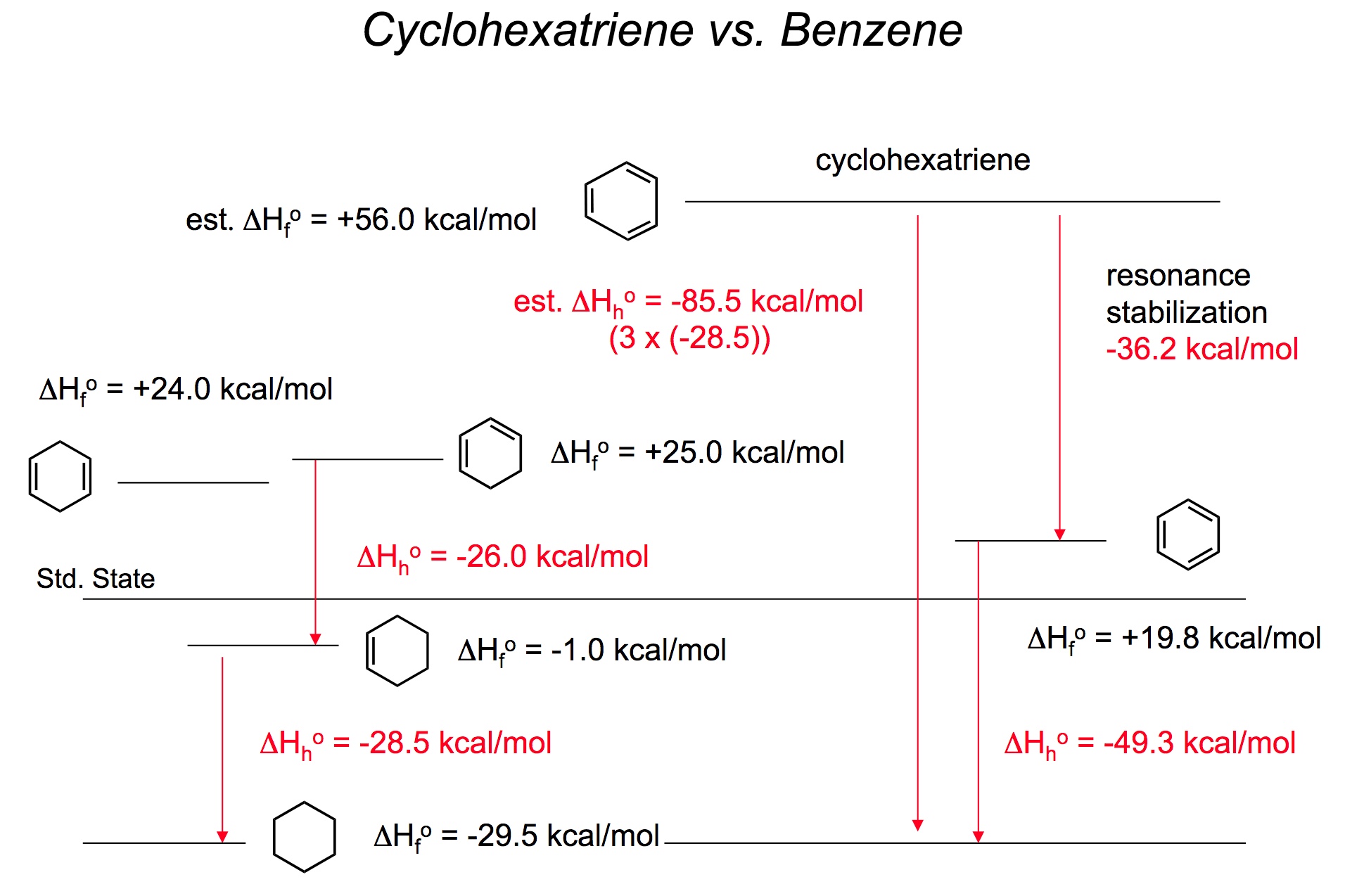Yes. The relatively smaller Heat of hydrogenation (HOH) for benzene as compared to that for 1,3-cyclohexadiene is due to the aromaticity of the first. Analyzing the thermochemistry is indeed among the first and perhaps more intuitive ways to present and quantifies aromaticity itself.
A) Cycloexene HOH = -120 kJ/mol
B) 1,4-Cycloexadiene HOH = -240 kJ/mol
C) 1,3-Cyclohexadiene HOH = -232 kJ/mol
D) Benzene HOH = -208 kJ/mol
While for B the HOH is about double as compared to that of cyclohexane and thus is according to the assertion in the question, the conjugation in C does results in a "lower than expected" value.
The 8 kJ/mol difference is the energy of resonance of the two conjugated double bonds.
The situation is even more striking for D as this difference from "an expected value" amounts now to about 152 kJ/mol. This is again a measure of stability and its distinctively high value is a manifestation of aromaticity.
The HOH of benzene is even less than that of cyclohexadienes. This shouldn't come as surprise though, as for there are not really double bonds.
In other words, while hydrogenation of individual double bond is an exothermic reaction, hydrogenation of benzene to cycloexadienes is an endothermic process.
Once you disrupt aromaticity, then you can think again in terms of individual double bonds (although delocalisation may occur to little extent, as in C). And this fact should answer the question "why HOH of benzene is higher than that of cyclopentene?", too.

